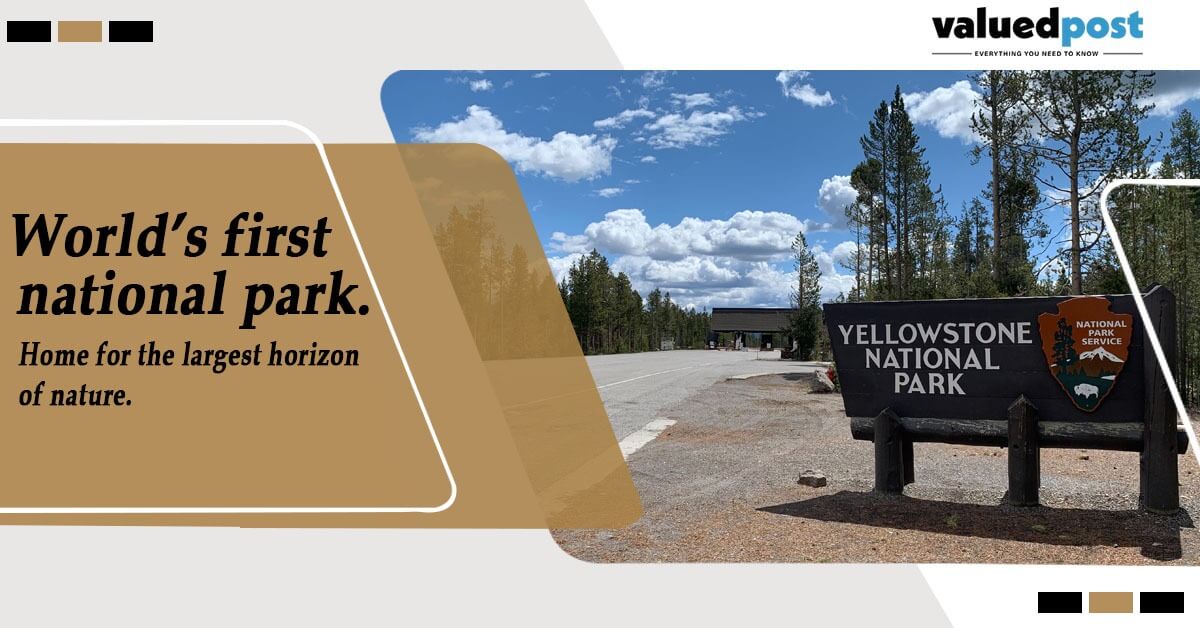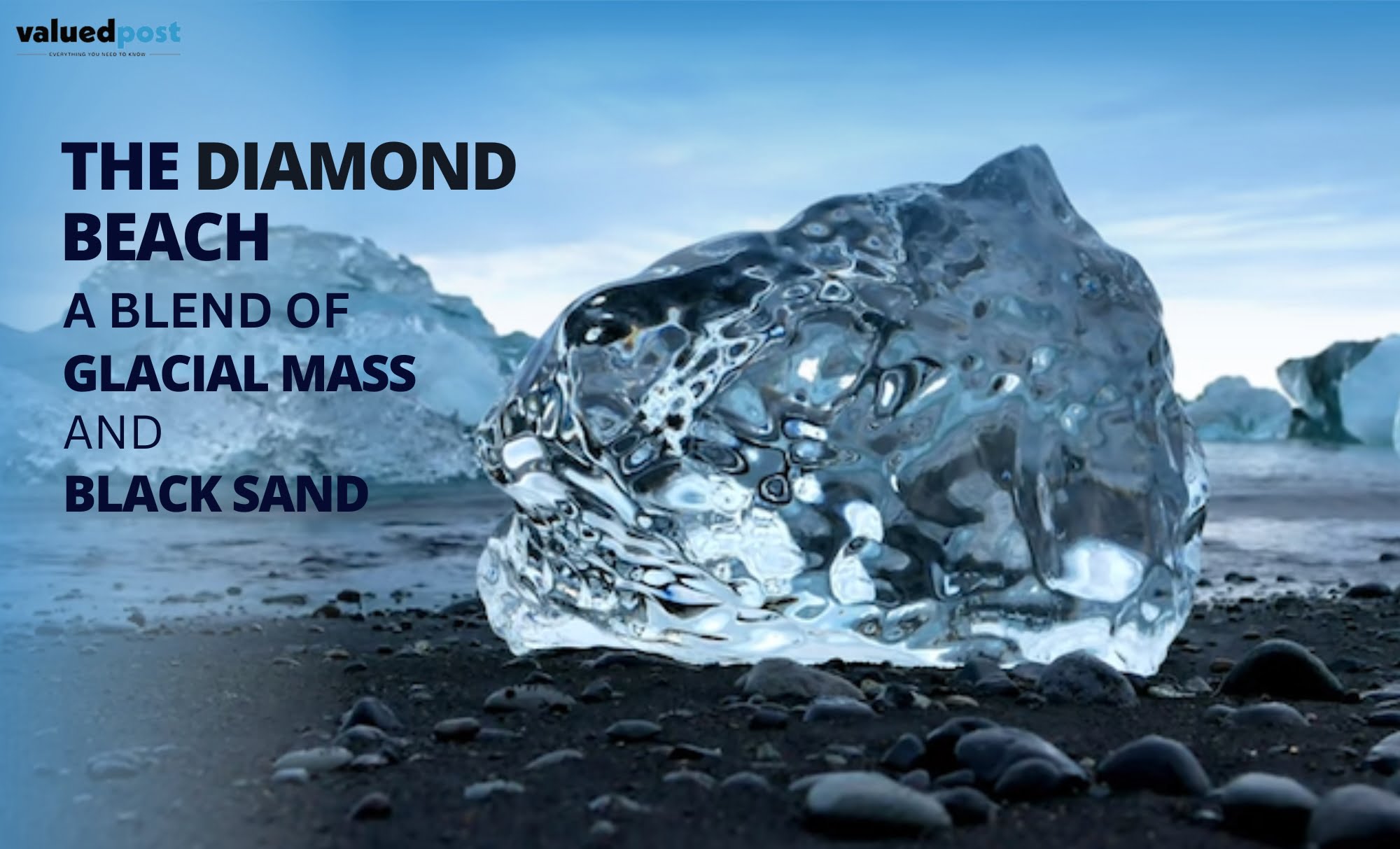Yellowstone national park has been a big attraction due to its mesmerising beauty and the fact that it’s the world’s first-ever national park. It has been an attraction since 1872, covering a land area of almost 2,219,789 acres. It is home to more geysers and hot springs than any other area on the planet, as it sits on top of a dormant volcano.
The fact that the park has existed for over 150 years has many more fascinating facts that may blow your mind:
Now Let’s Dive Into The Facts About Yellowstone National Park
1. World’s first national park
On March 1, 1872, the United States government formally established the Park. This was only possible because of the returning expeditions that protected Yellowstone National Park from private development.
To permanently close an area of public domain the size of Yellowstone to settlement would be a departure from the established policy of transferring public lands to private ownership.
2. Home for the largest horizon of nature
This natural wonderland is home to much gorgeous wildlife, including 67 species of mammals such as bison, moose, elk, pronghorn, and many others. Aside from that, it is home to 322 bird species, 16 fish species, 2 bear species, and a variety of other animals.
3. It is the epicentre of half of the world’s hydrothermal features
Over 10,000 hydrothermal phenomena may be found in Yellowstone National Park, including the world’s highest concentration of geysers, hot springs, mudpots, and steam vents. They are the natural wonders of this national park that provide tourists with a fascinating experience.
4. The hot springs are so acidic that they can dissolve a human body in a day
Officials investigating the event have decided that an Oregon man who died and “dissolved” after slipping into a scorching, acidic hot spring last June was seeking a spot to swim.
Due to the “volatile” thermal environment and an approaching lightning storm, rescuers were unable to safely collect Scott’s remains. Scott’s corpse was no longer visible when officials came the next morning.
5. Every year almost 700 to 3000 earthquakes take place
According to a recent USGS research, the Earth is vibrating beneath Yellowstone National Park once more, with swarms of over 1,000 earthquakes reported in the region in July 2021. According to the research, this is the highest seismic activity the park has witnessed in a single month since June 2017, when a swarm of over 1,100 earthquakes jolted the area.
Fortunately, these were small tremors, with only four registering magnitude 3 (strong enough to be felt but unlikely to inflict damage) — and none of the quakes indicate that the supervolcano underneath the park is going to erupt, according to park seismologists.
6. The park’s temperature ranges from freezing cold to burning hot
It serves as a haven for a variety of animal species that can adapt to their preferred temperatures.
Yellowstone’s weather is unpredictable since it is located at a height of 6,000 feet (1829 metres) above sea level or higher. Every month of the year will bring large temperature changes, rain, or snow. Bring a thick jacket, rain gear, and plenty of layers regardless of when you come.
When planning your trip to Yellowstone, keep in mind that the weather can change suddenly and diverge significantly from the prediction, so be prepared for everything.
7. Existing for over 150 years
The National park at the ripe old age of 150, is still looking excellent.
On March 1, 1872, when President Ulysses S. Grant signed the Yellowstone National Park Protection Act into law, the world-famous landmark became the United States’ first national park.
The park, which spans Wyoming, Montana, and Idaho, is noted for its spectacular natural landscape, abundant animals, and rich history. According to Chuck Sams, the director of the National Park Service, it also aided the larger national park movement in the United States.
There are presently 63 parks managed by the National Park Service around the United States.
8. The park is built on top of a supervolcano that can erupt with a magnitude of 8
Were you aware that the Yellowstone national park is an active supervolcano? “I don’t see any volcanos?” you might think as you go around the park. Because part of the park is a volcano, the spouting geysers and hot springs are evidence of the rumbling activity under the surface.
The Yellowstone supervolcano last erupted around 640,000 years ago. The eruption region caved in on itself, forming a 1,500-square-mile buried huge crater or caldera. The magmatic heat that fueled the eruption (along with two more that occurred 2.1 million years ago) continues to fuel the park’s famed geysers, hot springs, fumaroles, and mud pots.
In light of the facts provided
Even if there are some alarming facts about the site, such as the huge fluctuation of temperatures or the fact that it sits on the supervolcanic ground, the national park has delivered mesmerising experiences to visitors.















